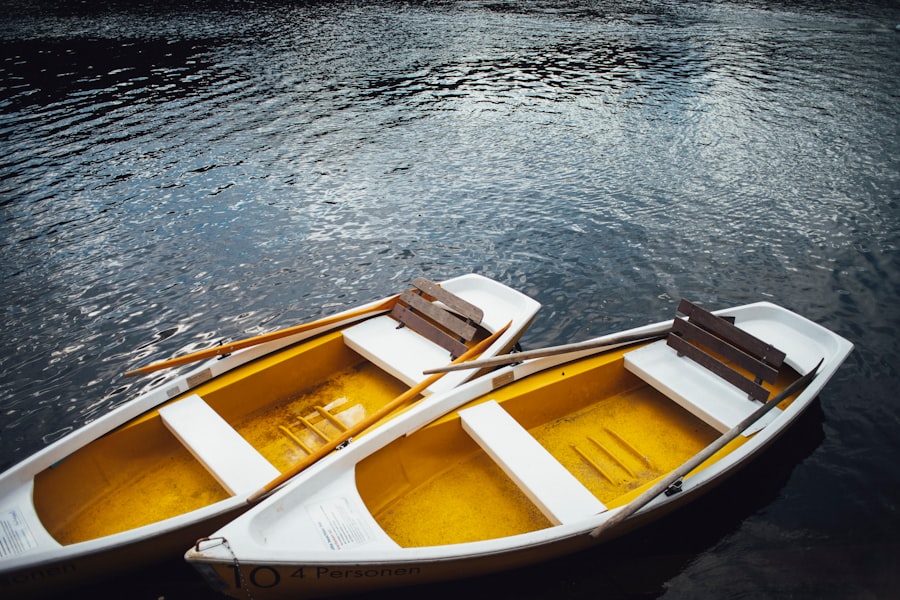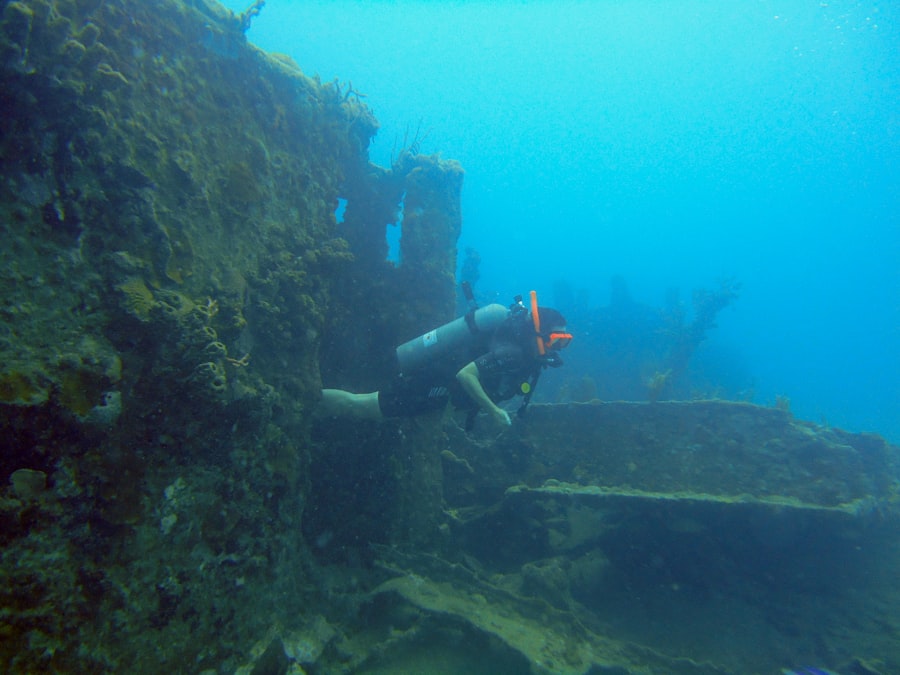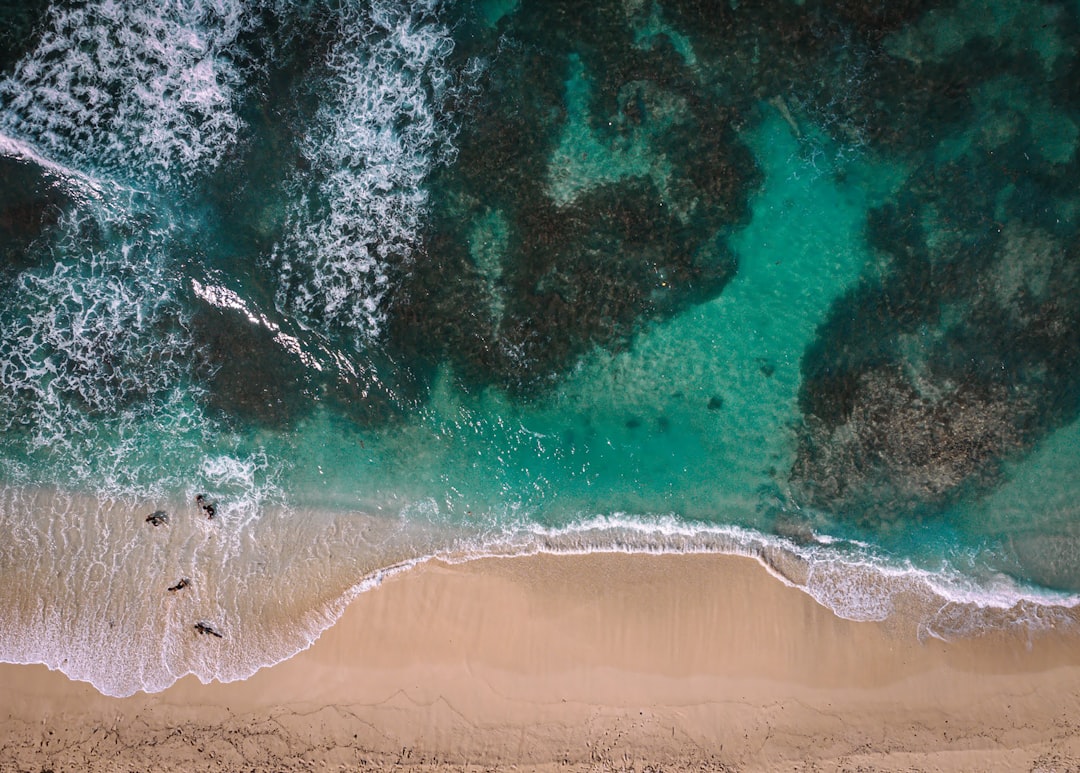The Drake Passage, a body of water situated between the southern tip of South America and Antarctica, is renowned for its tumultuous seas and unpredictable weather. Named after the English explorer Sir Francis Drake, who navigated these waters in the late 16th century, the passage serves as a critical maritime route connecting the Atlantic and Pacific Oceans. Spanning approximately 800 kilometers (500 miles) in width, it is often regarded as one of the most challenging waterways in the world.
The passage is not only significant for its geographical features but also for its ecological and historical importance. The waters of the Drake Passage are characterized by their strong currents and high waves, which can pose significant challenges to vessels traversing this region.
This dynamic interplay of water masses contributes to the passage’s reputation as a formidable barrier for sailors and explorers alike. Despite its challenges, the Drake Passage remains a vital route for research expeditions, commercial shipping, and tourism, drawing adventurers and scientists eager to explore its depths.
Key Takeaways
- Drake Passage is a narrow body of water between South America’s Cape Horn and the South Shetland Islands of Antarctica, known for its turbulent seas and challenging weather conditions.
- The passage plays a crucial role in global ocean circulation, serving as a major gateway for the movement of water, heat, and nutrients between the Pacific, Atlantic, and Indian Oceans.
- The unique ecosystem of Drake Passage is home to a diverse range of marine life, including whales, seals, and seabirds, making it a hotspot for scientific research and exploration.
- With a rich history of exploration and maritime trade, Drake Passage has been a significant route for early explorers and has witnessed numerous historical expeditions.
- Navigating Drake Passage poses significant challenges for ships and vessels due to its unpredictable weather patterns, strong winds, and rough seas, making it one of the most treacherous waterways in the world.
The Importance of Drake Passage in Oceanography
In the realm of oceanography, the Drake Passage holds immense significance due to its role in global ocean circulation. The Antarctic Circumpolar Current, which flows through the passage, is the only current that encircles the globe without being interrupted by landmasses. This uninterrupted flow plays a crucial role in regulating climate patterns and distributing heat across the oceans.
As such, understanding the dynamics of this current is essential for scientists studying climate change and its impacts on marine ecosystems. Moreover, the Drake Passage serves as a natural laboratory for researchers investigating oceanographic phenomena. The mixing of warm and cold water masses in this region leads to unique thermal gradients that influence local weather patterns and marine biodiversity.
Oceanographers utilize advanced technologies such as buoys and autonomous underwater vehicles to collect data on temperature, salinity, and nutrient levels in the passage. This information is vital for understanding how changes in ocean circulation can affect global climate systems and marine life.
Exploring the Unique Ecosystem of Drake Passage

The ecosystem of the Drake Passage is as diverse as it is dynamic, characterized by a rich tapestry of marine life that thrives in its cold, nutrient-rich waters. The passage serves as a critical feeding ground for various species, including krill, which forms the foundation of the Antarctic food web. These small crustaceans are not only vital for sustaining larger marine animals but also play a significant role in carbon cycling within the Southern Ocean.
In addition to krill, the waters of the Drake Passage are home to an array of fish species, including Antarctic toothfish and various types of squid. The presence of these organisms attracts a multitude of predators, from seabirds to marine mammals. The unique conditions of the passage create an environment where species have adapted to survive in extreme conditions, showcasing nature’s resilience and adaptability.
Researchers continue to study these ecosystems to gain insights into how climate change may impact biodiversity and food security in the region.
Historical Significance of Drake Passage
| Event | Year | Significance |
|---|---|---|
| First Passage | 1616 | Discovered by Sir Francis Drake |
| Scientific Exploration | 1839 | Charles Darwin’s voyage on HMS Beagle |
| Maritime Route | 20th century | Important route for global shipping |
| Research Hub | Present | Key area for climate and oceanographic studies |
The historical significance of the Drake Passage cannot be overstated. It has long been a critical route for explorers, traders, and scientists seeking to navigate between the Atlantic and Pacific Oceans. Sir Francis Drake’s expedition in 1578 marked one of the first recorded passages through these treacherous waters, paving the way for future exploration and maritime trade.
His journey not only contributed to European knowledge of the Southern Hemisphere but also highlighted the potential for new trade routes. Throughout history, the Drake Passage has been a site of both adventure and peril. Many ships have met their fate in its turbulent waters, leading to tales of shipwrecks and lost crews that have become part of maritime lore.
The passage has also played a pivotal role during significant historical events, such as World War II when naval forces utilized it for strategic movements. Today, it stands as a testament to human exploration and resilience against nature’s formidable challenges.
Challenges of Navigating Drake Passage
Navigating the Drake Passage presents numerous challenges that have tested even the most seasoned mariners. The combination of strong winds, high waves, and rapidly changing weather conditions can create treacherous situations for vessels attempting to cross this body of water. The infamous “Drake Shake,” a term used to describe the rough seas often encountered in this region, can lead to dangerous situations for both crew and cargo.
In addition to natural obstacles, navigational hazards such as icebergs and shifting currents further complicate passage through these waters. Mariners must remain vigilant and well-prepared to adapt to sudden changes in conditions. Despite advancements in technology and navigation systems, crossing the Drake Passage remains a daunting task that requires skill, experience, and respect for the power of nature.
Wildlife and Marine Life in Drake Passage

The wildlife inhabiting the Drake Passage is as diverse as it is fascinating. The region is renowned for its rich populations of seabirds, including albatrosses, petrels, and penguins. These birds are often seen soaring above the waves or diving into the water in search of food.
The presence of such avian species highlights the ecological importance of the passage as a breeding ground and feeding area. Marine mammals also thrive in these waters, with species such as whales, seals, and dolphins frequently spotted by those traversing the passage. Humpback whales are particularly common during migration seasons when they travel through these waters to feed on abundant krill.
The sighting of these majestic creatures adds an element of wonder to any journey through the Drake Passage, reminding travelers of the intricate connections within marine ecosystems.
Scientific Research and Discoveries in Drake Passage
The Drake Passage has become a focal point for scientific research aimed at understanding oceanic processes and their implications for global climate change. Researchers from around the world conduct expeditions to study various aspects of this unique marine environment. From monitoring ocean temperatures to analyzing sediment samples from the seafloor, scientists are uncovering valuable data that sheds light on historical climate patterns.
One significant area of research involves studying the impact of melting ice from Antarctica on sea levels and ocean circulation. As climate change accelerates ice melt, understanding how this process affects currents in the Drake Passage is crucial for predicting future environmental changes. Additionally, ongoing studies on marine biodiversity help scientists assess how species are adapting to shifting conditions, providing insights into conservation efforts aimed at protecting vulnerable ecosystems.
Climate and Weather Patterns in Drake Passage
The climate within the Drake Passage is characterized by its extreme variability, influenced by both oceanic currents and atmospheric conditions. The region experiences frequent storms and high winds due to its location at the convergence of different weather systems. This unpredictability poses challenges not only for navigation but also for scientific research conducted in these waters.
Cold air masses from Antarctica collide with warmer air from lower latitudes, resulting in rapid changes in weather conditions. These dynamics contribute to phenomena such as fog, rain, and snowstorms that can occur with little warning.
Understanding these patterns is essential for mariners and researchers alike as they navigate this complex environment.
Human Impact on Drake Passage
Human activities have left an indelible mark on the Drake Passage over time. Commercial shipping routes have increased traffic through these waters, raising concerns about pollution and its effects on marine ecosystems. Oil spills and waste discharge from vessels pose significant threats to wildlife and water quality in this pristine environment.
Additionally, climate change driven by human activity has far-reaching implications for the Drake Passage. Rising global temperatures contribute to melting ice sheets in Antarctica, which can alter ocean circulation patterns and impact marine life. As researchers continue to study these changes, it becomes increasingly clear that concerted efforts are needed to mitigate human impact on this vital region.
Future Exploration and Conservation Efforts in Drake Passage
Looking ahead, future exploration and conservation efforts in the Drake Passage will be crucial for preserving its unique ecosystems and understanding ongoing environmental changes. Collaborative initiatives among governments, research institutions, and conservation organizations aim to promote sustainable practices within this fragile marine environment. Efforts are underway to establish protected areas within the passage that safeguard critical habitats for marine life while allowing for responsible research and tourism activities.
By prioritizing conservation measures, stakeholders hope to ensure that future generations can continue to explore and appreciate the wonders of this remarkable body of water.
The Fascination and Allure of Drake Passage
The allure of the Drake Passage lies not only in its breathtaking natural beauty but also in its rich history and scientific significance. For adventurers seeking thrills on turbulent seas or researchers eager to unlock nature’s mysteries, this passage offers an unparalleled experience that captivates all who venture into its depths. As travelers embark on journeys across these storied waters, they are reminded of humanity’s enduring quest for exploration and understanding.
The Drake Passage stands as a testament to both nature’s power and resilience—a place where challenges abound but rewards await those willing to embrace its wonders. Whether navigating its waves or studying its ecosystems, individuals are drawn to this remarkable region that continues to inspire awe and curiosity across generations.
In the realm of ocean exploration, the Drake Passage stands as one of the most formidable and intriguing maritime routes, often explored by daring adventurers and researchers alike. For those interested in delving deeper into the mysteries and challenges of navigating this treacherous stretch of water, a related article can be found on MyGeoQuest. This article provides insights into the unique geographical and environmental aspects of the Drake Passage, offering a comprehensive understanding of why it captivates ocean explorers. To learn more, visit the article on MyGeoQuest by clicking here.
WATCH NOW! Drake Passage: Earth’s Deadliest Waters Revealed
FAQs
What is the Drake Passage?
The Drake Passage is the body of water between the southern tip of South America and the northern tip of the Antarctic Peninsula. It connects the Atlantic and Pacific Oceans.
Why is the Drake Passage important for ocean exploration?
The Drake Passage is known for its rough seas and strong winds, making it a challenging but important area for ocean exploration. It is a key location for studying ocean currents, marine life, and climate patterns.
What makes the Drake Passage unique for scientific research?
The Drake Passage is one of the few places on Earth where the ocean currents flow completely around the globe without being blocked by land. This makes it an ideal location for studying the interactions between different ocean basins and their impact on global climate.
What kind of research is conducted in the Drake Passage?
Scientists conduct research in the Drake Passage to study ocean circulation, marine biodiversity, climate change, and the impact of human activities on the marine environment. Research in this area provides valuable insights into global ocean processes.
What challenges do researchers face in the Drake Passage?
Researchers face challenges such as extreme weather conditions, rough seas, and isolation. These factors make it difficult to conduct research and require specialized equipment and vessels to navigate the area safely.
